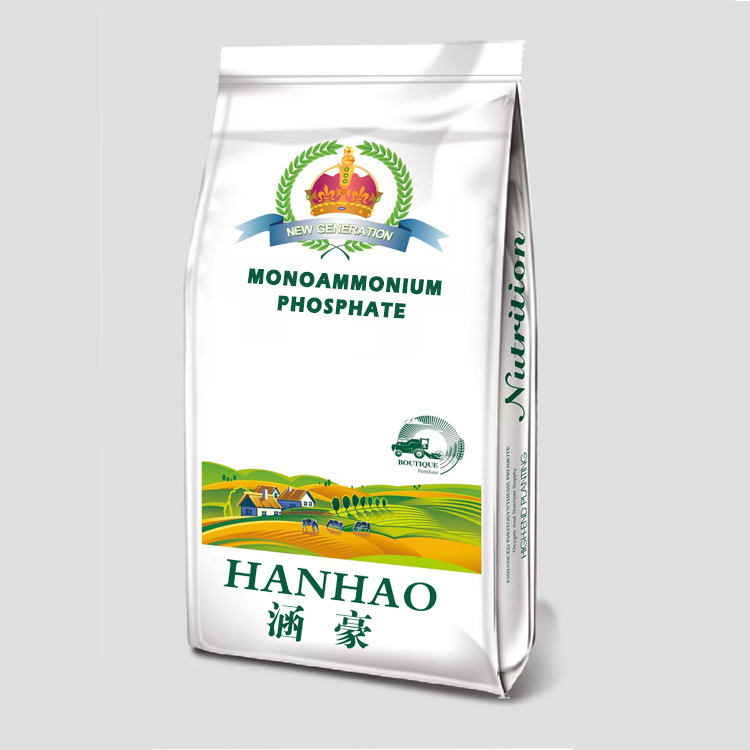
Nov . 12, 2024 14:01 Back to list
5-15-5 fertilizer manufacturer
Understanding 5-15-5 Fertilizer Composition, Benefits, and Application
Fertilizers are essential tools for enhancing plant growth and agricultural productivity. Among the plethora of fertilizers available in the market, 5-15-5 fertilizer stands out due to its unique nutrient composition. This article will explore what 5-15-5 fertilizer is, its benefits, and how to apply it effectively to achieve the best results in gardening or farming.
What is 5-15-5 Fertilizer?
The numbers in the fertilizer designation 5-15-5 refer to the percentage of three primary nutrients nitrogen (N), phosphorus (P), and potassium (K). In this case, the fertilizer contains 5% nitrogen, 15% phosphorus, and 5% potassium.
- Nitrogen (5%) This nutrient plays a pivotal role in promoting leafy, vegetative growth. It is crucial for the synthesis of proteins and chlorophyll, which are vital for photosynthesis. While the nitrogen content is moderate in this fertilizer, it is sufficient to support the initial growth phase of plants. - Phosphorus (15%) The high percentage of phosphorus in 5-15-5 fertilizer is particularly advantageous. Phosphorus is essential for root development, flowering, and fruiting. It aids in energy transfer within the plant and influences the formation of DNA and RNA, which are critical for cell division and growth.
- Potassium (5%) Potassium is integral for overall plant health. It helps regulate various physiological processes, including water uptake, enzyme activation, and photosynthesis. Adequate potassium levels can enhance a plant's resistance to disease and environmental stress.
The balanced ratio of these nutrients makes 5-15-5 fertilizer especially useful for specific crops and growing conditions.
Benefits of 5-15-5 Fertilizer
1. Enhanced Root Development The high phosphorus content encourages robust root systems, which is especially beneficial when planting young trees, shrubs, and root crops. Strong roots are essential for nutrient and water absorption.
2. Improved Flowering and Fruit Set For flowering plants and fruit-bearing crops, the phosphorus in 5-15-5 fertilizer promotes better blooming and increases the likelihood of higher yields. This makes it a popular choice among gardeners aiming for vibrant flower gardens or bountiful vegetable plots.
3. Versatility 5-15-5 fertilizer can be used on a wide range of plants, including vegetables, flowers, shrubs, and trees. Its balanced nutrient ratio allows it to support different stages of plant growth.
5-15-5 fertilizer manufacturer

4. Soil Enrichment Regular use of this fertilizer can improve soil structure and fertility. It aids in enhancing the overall health and productivity of the soil, making it more hospitable for future plantings.
How to Apply 5-15-5 Fertilizer
The application of 5-15-5 fertilizer can vary based on the specific needs of your plants and the condition of your soil. Here are general guidelines for its effective use
1. Soil Test Before applying any fertilizer, it's wise to conduct a soil test to determine existing nutrient levels. This assessment helps tailor the application to your plants' specific needs.
2. Application Rates Typically, a general application rate for 5-15-5 fertilizer is about 1 to 2 pounds per 100 square feet. However, always refer to the product label for specific recommendations, as different plants may require different amounts.
3. Timing Apply the fertilizer in the spring when plants are waking from dormancy and actively growing. For perennial plants, a second application can be beneficial in late summer to support fall growth.
4. Incorporation Spread the fertilizer evenly around the base of the plants or throughout the garden bed, then water it in to help dissolve the nutrients and carry them into the soil. Avoid direct contact with plant stems or leaves to prevent potential burn.
5. Follow Up Monitor plant growth and health after application. If growth is not as expected, consider testing your soil again or adjusting your fertilizer strategy.
Conclusion
5-15-5 fertilizer is a valuable resource for gardeners and farmers looking to enhance growth and yield. By understanding its composition and effective application techniques, you can ensure that your plants receive the essential nutrients they need to thrive. Whether you’re cultivating a vegetable garden or maintaining a flower bed, this balanced fertilizer can be a powerful ally in your gardening endeavors.
-
10 10 10 Fertilizer Organic—Balanced NPK for All Plants
NewsJul.30,2025
-
Premium 10 10 10 Fertilizer Organic for Balanced Plant Growth
NewsJul.29,2025
-
Premium 10 10 10 Fertilizer Organic for Balanced Plant Growth
NewsJul.29,2025
-
Premium 10 10 10 Fertilizer Organic for Balanced Plant Growth
NewsJul.29,2025
-
50 Pound Bags of 13-13-13 Fertilizer for All Plants – Bulk & Organic Options
NewsJul.28,2025
-
High-Efficiency 15-30-15 Granular Fertilizer for Healthy Crops
NewsJul.28,2025
